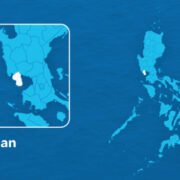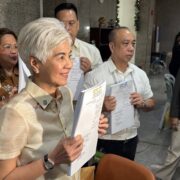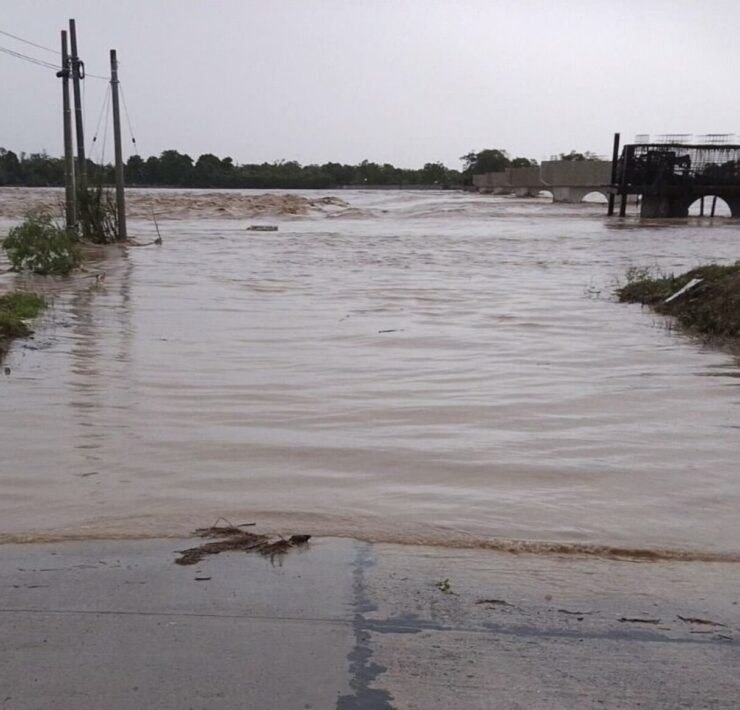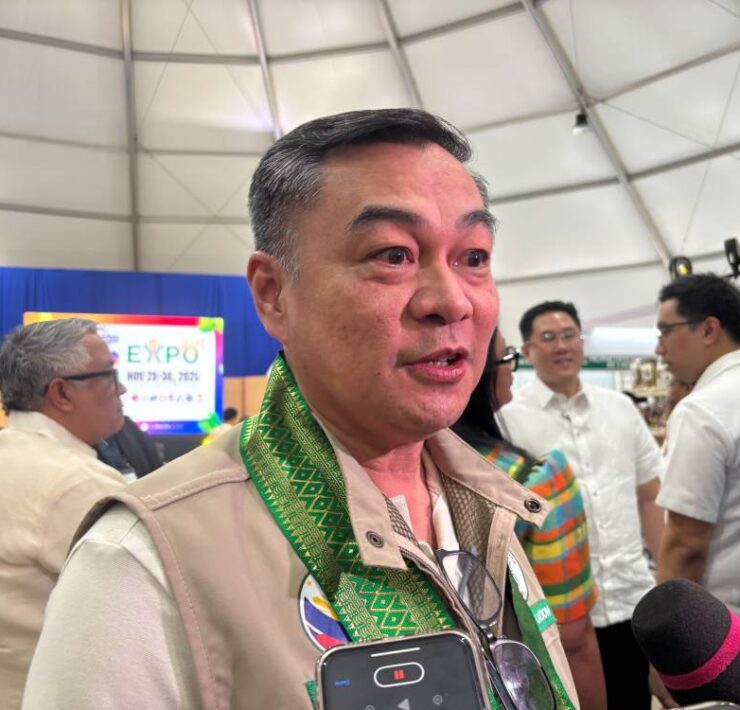Inflow of rice imports to Philippines ebbed by 24%
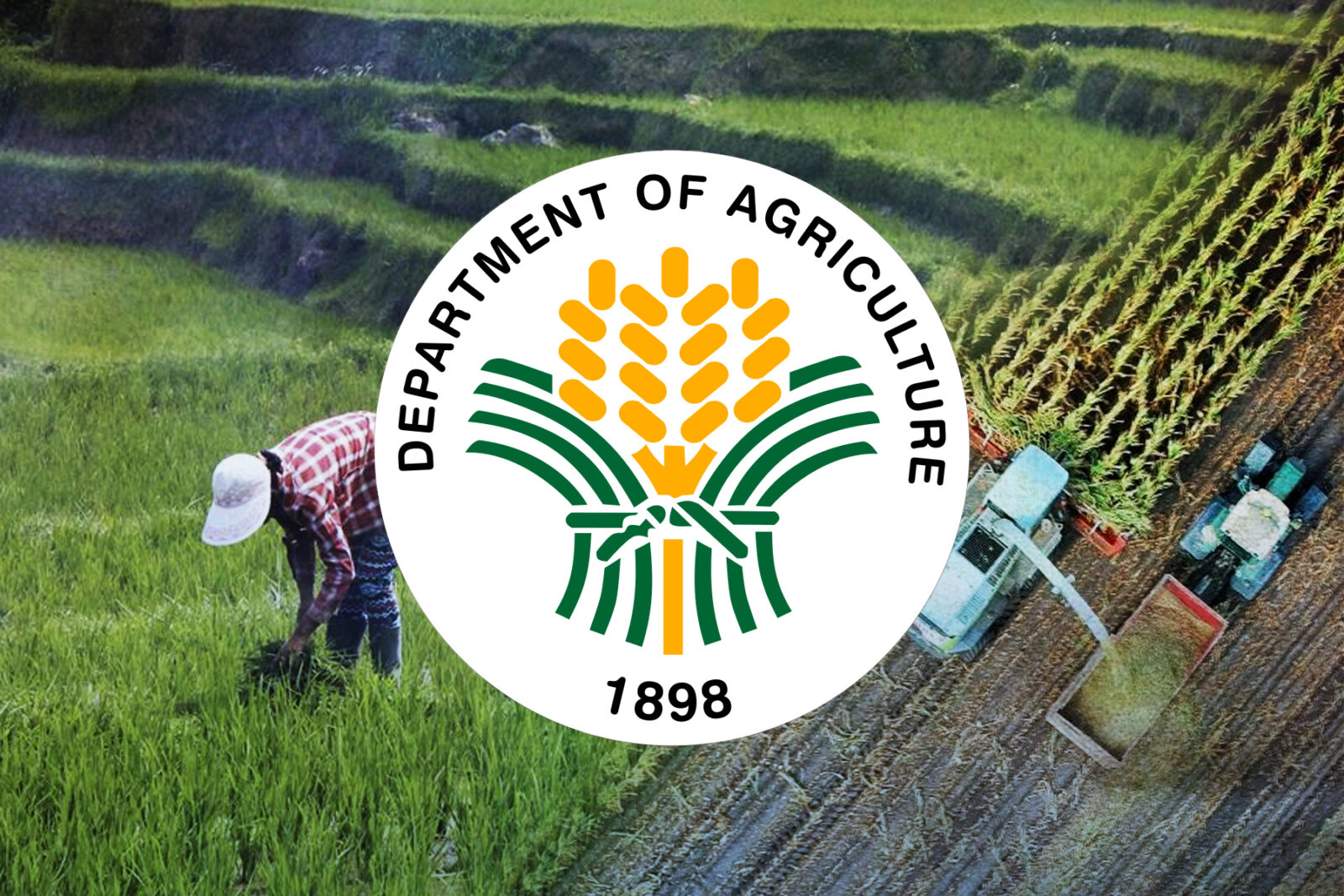
The volume of Philippine-bound rice shipments is approaching the 1-million-metric-ton mark, although importation has slowed down due to high stock carryover and the anticipated improved harvests.
Data from the Bureau of Plant Industry (BPI) show that the country imported 900,879.99 MT of rice as of April 3.
This means a 24.1-percent drop from the 1.19 million MT recorded between January and March last year.
As in previous years, Vietnam took the biggest share with 82.2 percent of total shipments. Thailand and Pakistan each accounted for almost 8 percent.
Other suppliers of imported rice are Myanmar, India, South Korea, Singapore, Japan and Italy.
The Department of Agriculture (DA) had projected lower rice imports in 2025 due to an expected improvement in local production, better weather conditions and higher stock left from the previous year.
The agency’s estimate for this year’s inbound cargoes ranges between 3.8 million MT and 4 million MT, Agriculture Assistant Secretary Arnel de Mesa said last month.
If realized, this would represent a decrease of up to 16 percent from the peak of 4.8 million MT recorded in 2024.
“Definitely, if this trend will continue, it (the rice import volume) will be lower,” said de Mesa, who is also the DA’s spokesperson.
He said that aside from the large volume of stocks from last year’s importation, local production should see better harvest since “we don’t expect any extreme climate conditions.”
Americans agree
The DA’s forecast is in line with the US Department of Agriculture’s projection of 5.3 million MT for the marketing year 2024-2025.
The period began in July last year and ends in June this year.
In a report, the USDA’s Foreign Agricultural Service attributed it to a rebound in domestic production, higher stock carryover and the price cap for imported rice set by the DA early this year.
Executive Order No. 62 imposes a 15-percent tariff on imported rice until 2028. This is subject to a periodic review every four months.
The DA previously implied recommending a gradual increase in tariffs in the next review as slashed import duties and various government interventions have eased the upward pressure on retail prices.
“What should not happen, and I don’t think it’s right, is [to raise the tariff rate] from 15 percent to 35 in one go. It’s dangerous,” Agriculture Secretary Francisco Tiu Laurel Jr. had said.











